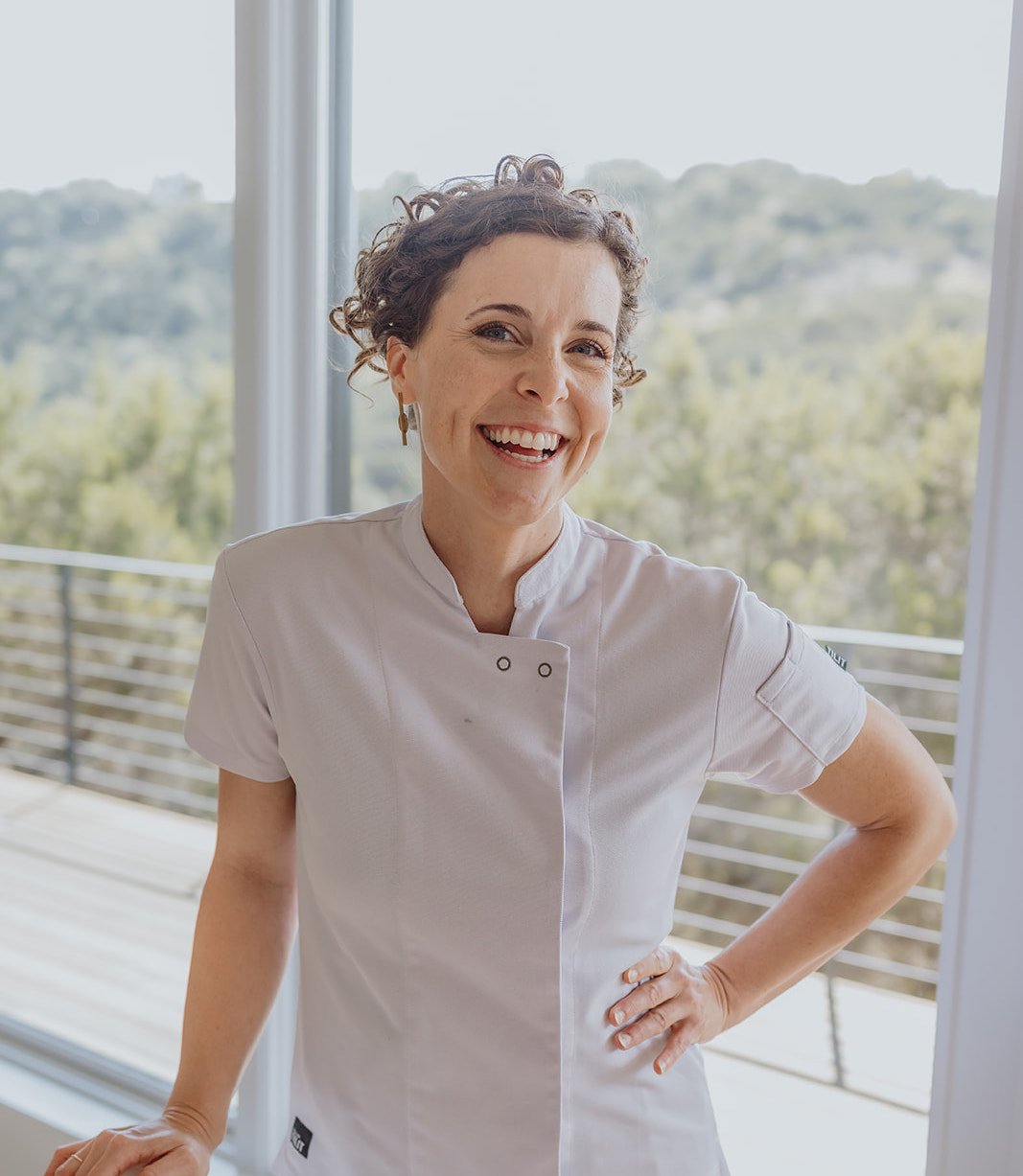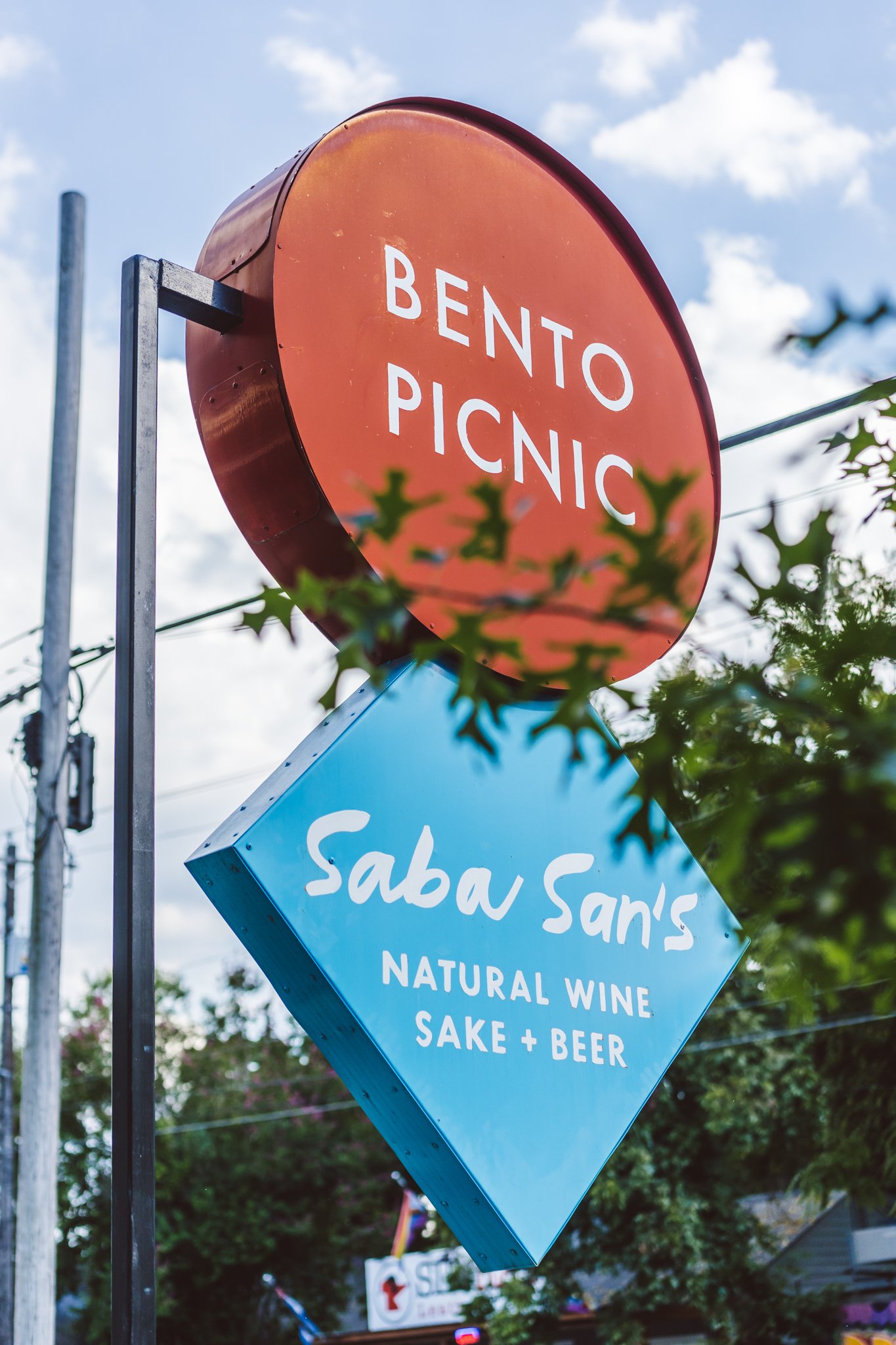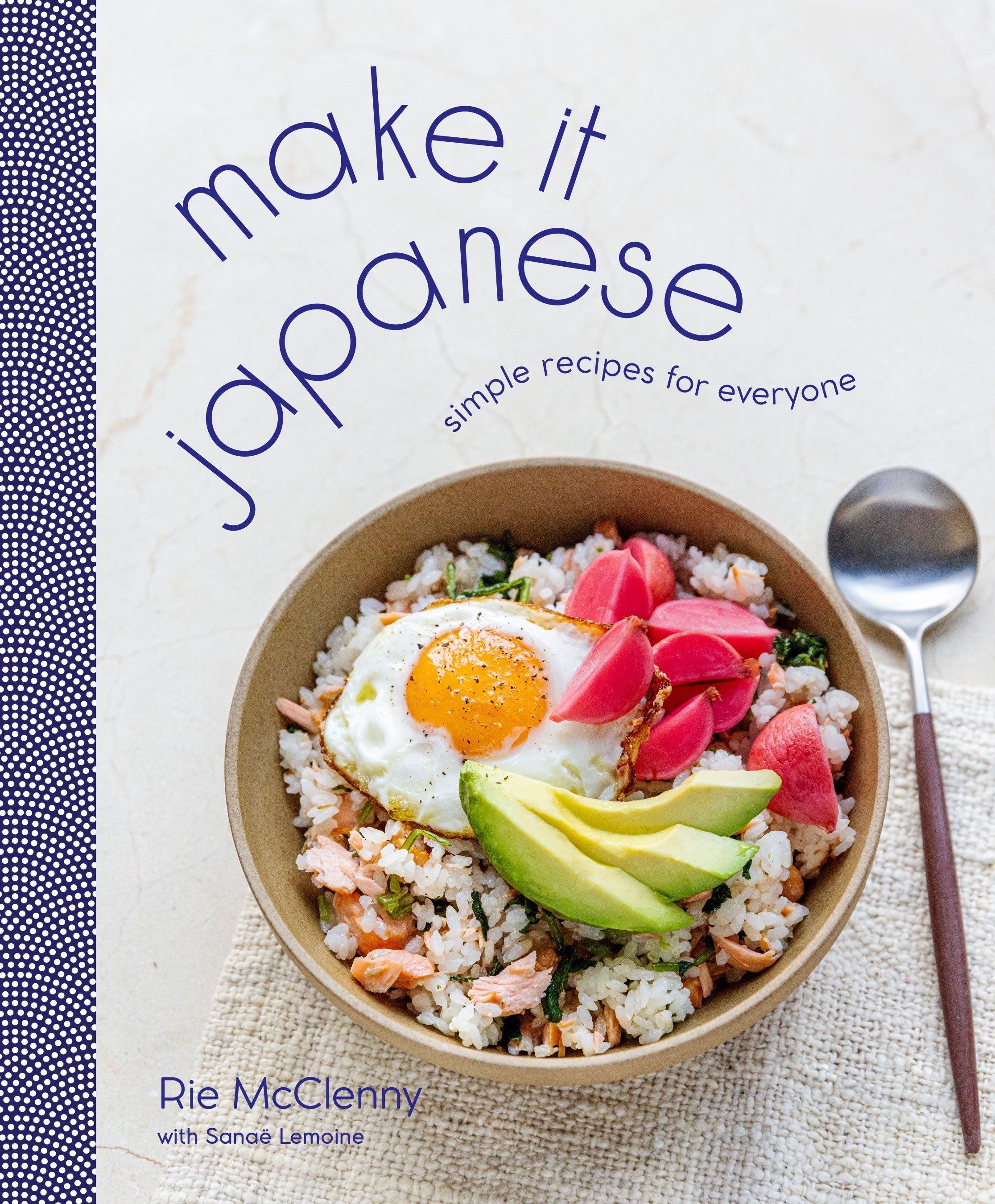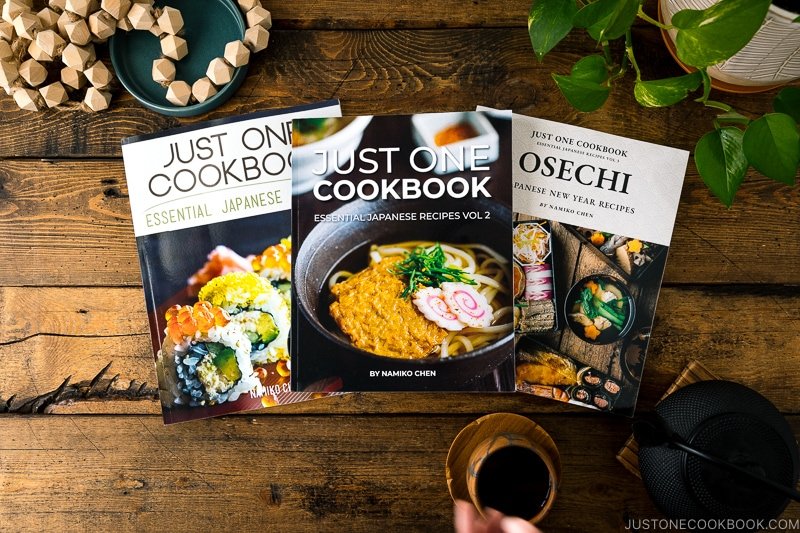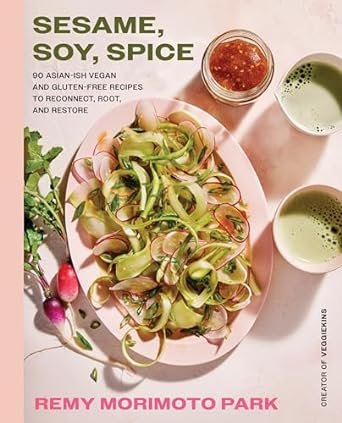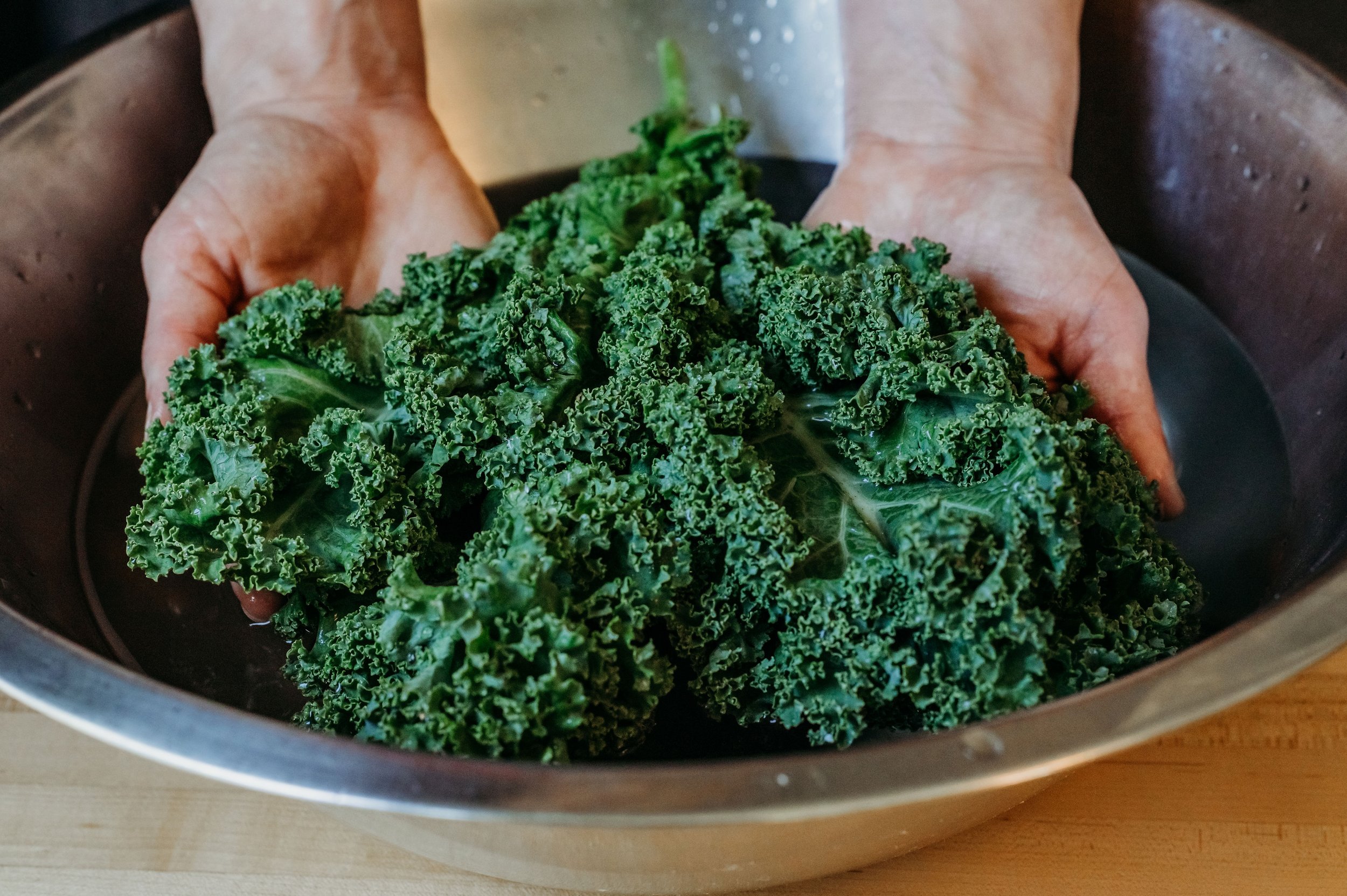OVERVIEW
“Leanne Valenti is one of the great practitioners of Washoku.”
—Elizabeth Andoh
I hesitate to tell you this story because I cannot recreate this dish. I have no recipe to offer you. I can hardly remember the ingredients. I share it because I want you to understand why I love Washoku, the subtle yet significant power inherent in Japanese culinary traditions, and what it feels like to lead with your senses and allow yourself to enter one of those rare and beautiful states where creativity flows effortlessly.
I was a few months into my first homestay in Japan. I’d spent many mornings helping Shigeyo, my best friend Naoko’s mother, prepare the family meals. Many times I’d work alongside her, chopping vegetables and stirring broth. On this particular day, both of Naoko’s parents were busy at the family bakery in Izu, so I was left to prepare lunch for the family on my own. With a full garden and stocked fridge, I had my choice of high-quality ingredients.
I don’t read in Japanese and in 2011 translation technology wasn’t widely available. That left me with only my gut as a guide. I pulled a stiff, silvery fish out of the freezer and began simmering a broth. I wish I could tell you more; How I sliced the freshly-pulled root vegetables or what kind of springy herbs I sprinkled on top. But over a decade later, I just don’t remember.
What I will never forget is Shigeyo’s reaction. Shock. Surprise. Disbelief? “Did you put Shio Saba in soup?” she asked as she sat down to eat. I stumbled in response, “I don’t know. Did I?” She gently informed me this was simply not done. “Omoshiroi,” Naoko’s Dad, Hirotaka, chimed in. Omoshiroi translates to “interesting or funny” in Japanese. But forever the consummate hosts, they gave the briny soup a try.
A few silent moments passed. My host parents shared a look, and to my relief, their eyes lit up. “Very goooooood,” they said. Within a few days, Shigeyo and Hirotaka had told all of their neighborhood friends about my “invention.” Strangers were stopping me on the street asking when I was going to open my Shio Saba soup shop, because of course, it would make me famous.
This moment encapsulates the early days of feeling my way through Japanese cuisine. Only 26 at the time, I was still a novice in Japanese cuisine, unaware of how much I had left to learn. Without the restraints of cultural expectations, I was able to work creatively within the ever-forgiving framework of Washoku — the Japanese practice of using five colors, five tastes, and five techniques to prepare a meal.
I never made this soup again — not because it wasn’t delicious, but because my curiosity led me to experiment with something new everyday for the duration of my homestay. And once I returned to the States, without ready access to Shio Saba and other foods unique to Japan, I began to iterate on Washoku with ingredients that were locally available in Texas.
What began as a fun creative challenge to cook with all the colors, tastes and elements grew into a fascination as I realized what a reliable formula it was for making meals that were equally delicious and healthy. As I continued to practice Washoku at home, I found myself experiencing enhanced moods, freedom from cravings, greater clarity, and a profound sense of gratitude.
The more I followed my senses, the more intuitive I became in the kitchen, and the more my confidence grew as a chef. Eventually an undeniable desire to share the fruits of my labor inspired me to open my own bento shop - Bento Picnic - which I ran as a sole proprietor in Austin, Texas from 2015 - 2023.
I remember the moment when the two animating concepts of my restaurant came together. I was boarding the Shinkansen leaving Tokyo for Izu when I picked up a grab-n-go meal at the train station. The carefully-prepared bento box was a beautiful collage of vegetables, seafood, and rice. As I ate, my breathing instinctively slowed and I chewed attentively, savoring each bite.
The humble bento box, with its alluring pockets and complementary fillings, is a natural way to showcase the beauty and diversity of Washoku. Able to be prepped in advance and kept at room temperature, bento boxes are also a practical way to create meals that can be eaten anywhere. At my restaurant, I took on the creative challenge of working within Washoku’s constraints to produce bento boxes using a mixture of Japanese staples and Texas produce.
☯ ⚫ ☯
Drawing from a decade of using Washoku to design menus for my restaurant, Bento Picnic aims to shine light on how Japanese menu design is the gold standard in its ability to produce harmonious meals that are visually stunning, deeply nourishing, and reliably delicious.
Just like an artist who understands color theory is better equipped to create aesthetically striking and emotionally resonant pieces, anyone who practices Washoku (和食) — the Japanese philosophy of designing menus with 5 colors, 5 tastes and 5 elements — has a leg up when it comes to making mealtime magic.
Following Washoku generates a synergistic effect that extends beyond the pleasures of beauty and deliciousness. The health benefits of the colors, tastes, and elements are continually being proven by modern science as helpful indicators for how to nourish our bodies and our mental health.
Fans of the wildly popular health hacks published by Jessie Inchauspé, aka the Glucose Goddess, will be intrigued by Bento Picnic’s scientific explanations of how Washoku can help curb cravings and enhance awareness. And readers of An Everlasting Meal by Tamar Adler, will be drawn to the revolutionary nature of Bento Picnic since it is designed to be a self-empowerment tool that inspires home cooks to get creative and gain confidence in the kitchen.
Bento Picnic will delight eaters with its practical framework for creating healthy, satisfying meals without sacrificing flavor or enjoyment. Whether overwhelmed with contradictory advice from fad diets, or looking for ways to eat more vegetables without going fully vegan, Bento Picnic is for readers who are already interested in the basic principles of healthy eating but are looking for a reliable structure to make delectable and diverse vegetable-forward meals.
The 80+ enclosed recipes are grouped into 16 bento menus, each showcasing a unique interplay of all 5 colors, 5 tastes and 5 elements. To set readers up for maximum success and enjoyment, we’re also including the following bonus features:
Elizabeth Andoh, the IACP-award winning author of Washoku (Ten Speed, 2005), will offer her endorsement of Bento Picnic by writing the Foreword.
Monica Samuels, one of the only female Sake Samurai in the world, will contribute her expert sake recommendations for each of the menus — making Bento Picnic the only English-language cookbook to include sake pairings.
We will also include vegan substitutes and non-alcoholic beverage options for all the menus so that folks who have made certain health commitments can enjoy Bento Picnic as well!
For enhanced accuracy and easy scaling, all the ingredients and yields for the recipes will be listed in both weight (grams) and volume (US standard).
We will provide a complete meal-planning guide for each menu to share pro insights for how to maximize efficiency, pace the prep and flow between recipes so that readers can manage their time well, sidestep stressors, and fully enjoy the fruits of their labor.
☯ ⚫ ☯
Thank you for taking time to review our proposal! We are invested in the mission of sharing the benefits of Washoku with mainstream English-speaking audiences and will mobilize our resources and communities to reach as many people as possible with our message.
- Leanne


